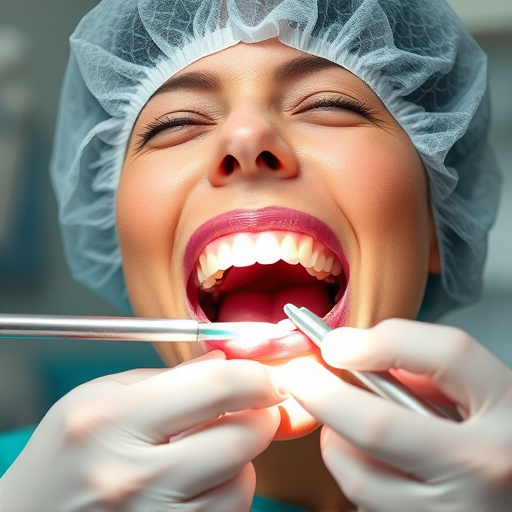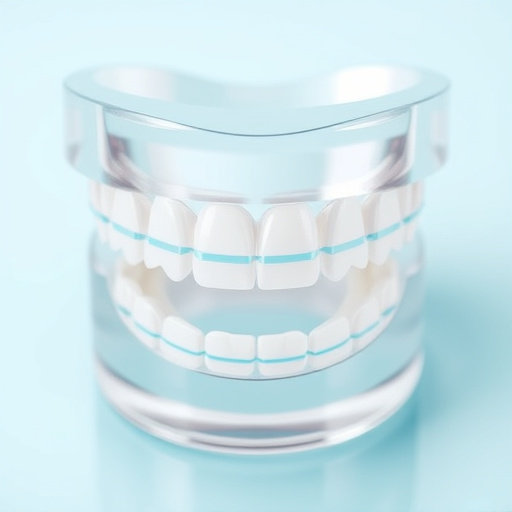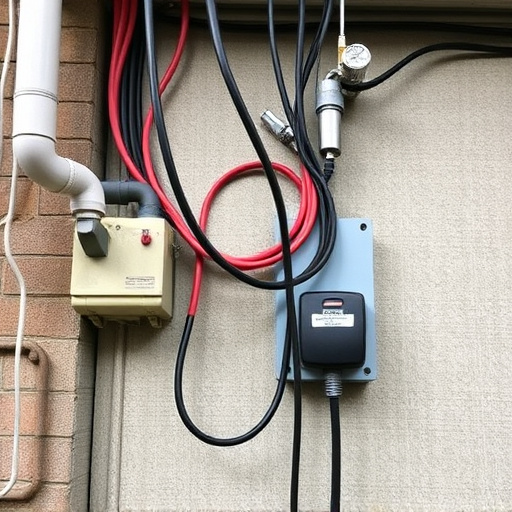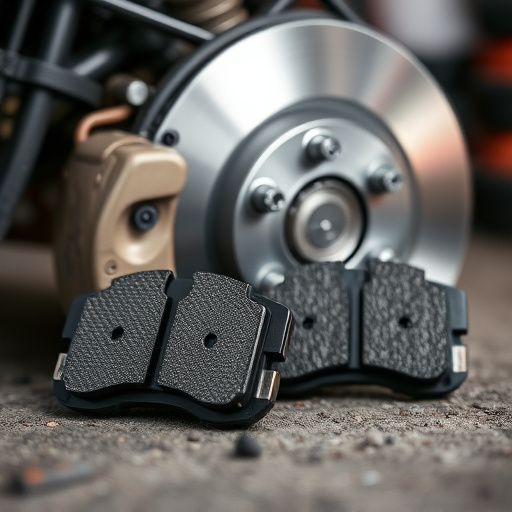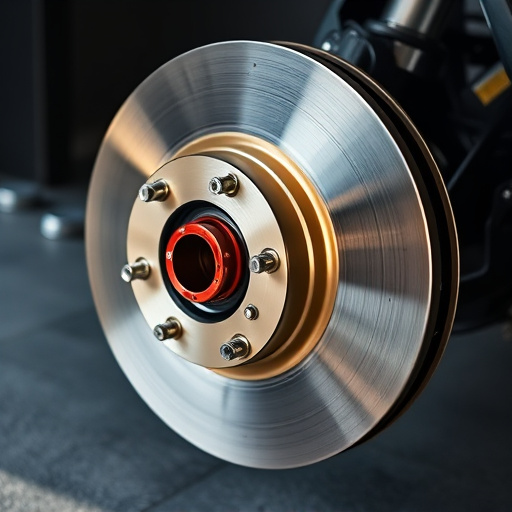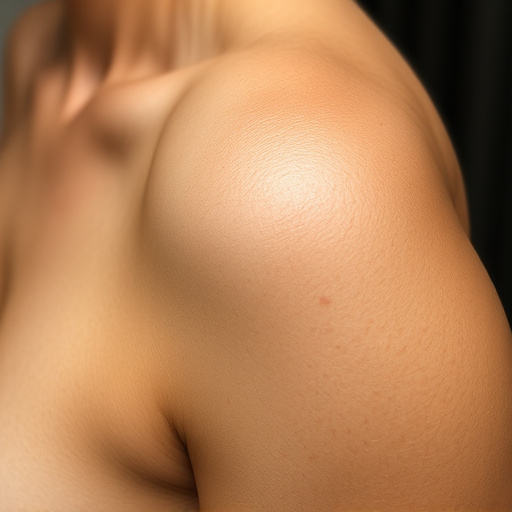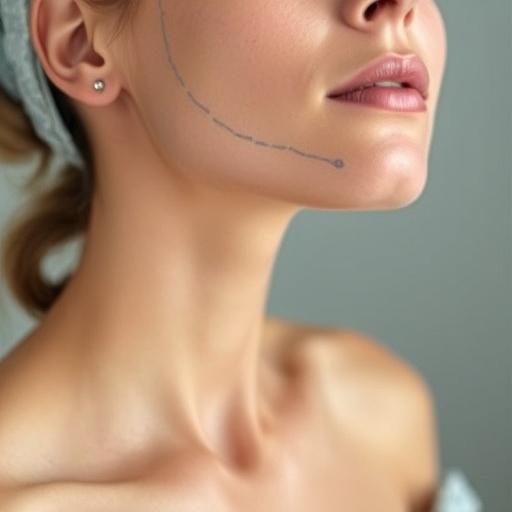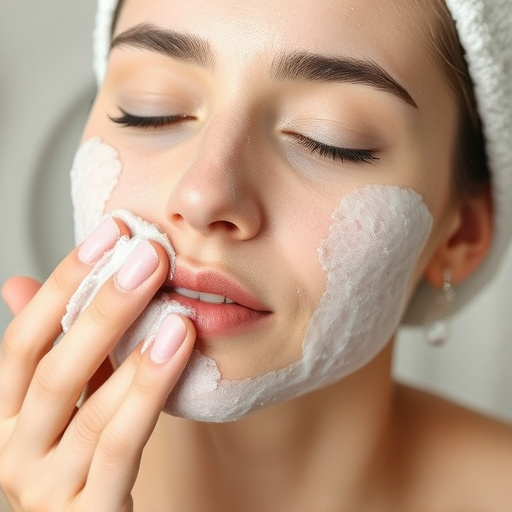Chest hair removal methods include waxing, shaving, and laser treatments, each with advantages and drawbacks. Waxing removes hair from the root for longer results but may cause temporary skin irritation. Shaving is quick and affordable but requires frequent maintenance. Laser removal is more expensive and needs multiple sessions but causes less irritation. Balancing skin sensitivity and choosing the right method based on hair growth and cost-effectiveness are key to successful chest hair removal. Waxing offers a long-term, cost-saving solution compared to shaving's short-lived results.
Considering chest hair removal? Delve into the age-old debate: waxing vs. shaving. Both methods have their advocates, yet understanding their unique techniques is key to informed decision-making. This article guides you through the pros and cons of each, focusing on skin sensitivity, irritation, and cost-effectiveness. Learn which method offers better value for long-lasting, smooth results in chest hair removal.
- Understanding Waxing and Shaving Techniques for Chest Hair
- Pros and Cons: Evaluating Skin Sensitivity and Irritation
- Longevity vs. Frequency: Which Method Offers Better Value?
Understanding Waxing and Shaving Techniques for Chest Hair

Waxing and shaving are two popular methods for chest hair removal, each with its own merits and considerations. Understanding these techniques is key to deciding which method best suits your needs. Waxing involves applying a warm wax to the skin, which adheres to hair, pulling it out from the root as the wax is stripped away. This process can be done at home using over-the-counter kits or in a medical spa where professionals offer specialized services, including pore refinement. Shaving, on the other hand, is a quick and relatively painless method that involves using a razor to trim chest hair close to the skin’s surface. While shaving is an affordable option that can be done at any time, it may not provide as long-lasting results as waxing and could lead to skin irritation if not done correctly.
When considering chest hair removal, it’s important to consult with professionals who offer personalized skincare services. They can guide you in selecting the right technique based on your hair type, skin sensitivity, and desired outcomes. Additionally, these experts can recommend aftercare practices for both waxing and shaving to ensure optimal results and minimize discomfort or potential side effects like ingrown hairs or irritation.
Pros and Cons: Evaluating Skin Sensitivity and Irritation

When considering chest hair removal options, evaluating skin sensitivity and irritation is crucial. Both waxing and shaving have their pros and cons in this regard. Waxing involves removing the hair from the root, which can lead to smoother results for longer periods. However, it’s a more aggressive method that can cause temporary redness, swelling, and discomfort, especially for those with sensitive skin. Regular waxings might also lead to skin irritation or even rashes if not done properly.
On the other hand, shaving is a quicker and easier option that doesn’t involve any downtime. Yet, it’s less effective as hair grows back faster and coarser. Shaving can cause micro-cuts and nicks on the skin, leading to potential infections, especially if the razor isn’t clean or sharp. While both non-surgical treatments like shaving and laser hair removal (a form of permanent chest hair reduction) have their merits, maintaining optimal skin health is paramount. Laser hair removal, for instance, minimizes irritation compared to shaving but can be costlier and may require several sessions to achieve lasting results.
Longevity vs. Frequency: Which Method Offers Better Value?
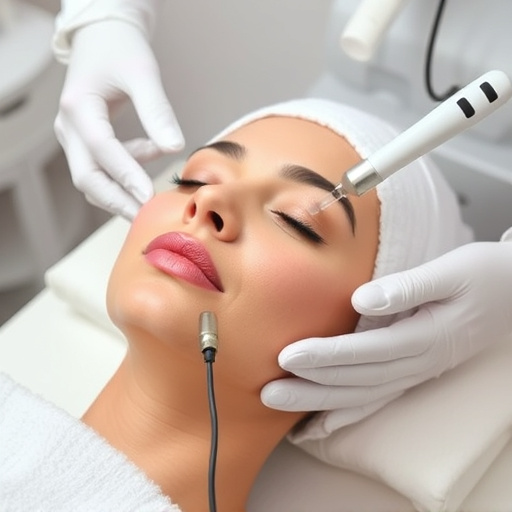
When considering chest hair removal, longevity versus frequency is a key factor to evaluate. Waxing offers a longer-lasting solution compared to shaving, making it a more cost-effective and convenient option in the long run. While shaving provides immediate results, hairs typically grow back within 2-3 days, leading to frequent repetition of the process. In contrast, waxing can eliminate hair for several weeks, reducing the need for repeated treatments.
In terms of chest hair removal techniques, medical spa services like microneedling therapy and chemical peels can also be considered. However, these methods may not offer the same level of longevity as waxing. For instance, chemical peels typically provide temporary hair reduction, and microneedling is more focused on skin rejuvenation rather than permanent hair removal. Thus, for those seeking a solution that significantly reduces hair regrowth frequency, waxing stands out as a superior choice.
Waxing and shaving are both effective methods for chest hair removal, each with its own set of advantages and drawbacks. Waxing offers longer-lasting results, but can be painful and may cause skin irritation. Shaving is quicker and more comfortable, but the hair grows back faster. Considering your skin sensitivity and desired frequency of treatment will help determine which method provides the best value for your specific needs regarding chest hair removal.
